March 8, 2024
Solar net metering headlines in the U.S. have been mostly focused on California’s net metering tariffs lately. However, net metering tariffs are being updated all over the country, not just in California. The ’50 States of Solar’ for quarter 1 of 2023 found that 41 states (and Washington DC) took some sort of solar action in Q1. Most of the actions were to address 3 policies net metering, community solar projects, and residual fixed charge bill increases.
This report is published monthly by the N.C. Clean Energy Technology Center (NCCETC). The report gives insights into regulatory and legislative discussions around solar policies. They focus on net metering, distributed solar valuation, community solar, residential fixed charges, residential demand and solar charges, third-party ownership, and utility-led rooftop solar programs.
In Q1 2023, a total of 173 solar policy changes were taken. A majority of the actions happened in Connecticut, New Mexico, New York, North Carolina, Arkansas, California, Michigan, Missouri, and Hawaii.
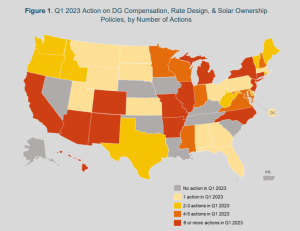
Main Trends in Solar Policy Changes:
- Basing net metering successor compensation on time-varying and/or avoided cost rates,
- Addressing community solar project siting in program design, and
- Increasing low- to moderate-income customer participation requirements for community solar programs.
It appears that most policymakers are looking to better align the compensation with the value of the grid.
Policy Changes in Q1 2023
Here are 5 of the key solar policies that happened in Q1 of 2023.
- Arkansas enacted a net meter reform. Consequently, the state will follow a net billing compensation structure. This means that electricity that is exported to the grid will be credited at the ‘avoided cost’ rate. It will also authorize monthly grid changes and will adjust for system capacity limits.
- North Carolina approved a net metering successor tariff for Duke Energy. Therefore, residential solar owners will be credited with time-varying retail rates. It will also apply a non-by-passable charge, a grid access charge, and a minimum bill.
- Arizona adopted a community solar policy framework. So, customers that bill credits will be capped at avoided cost. Low to moderate-income customers would need to get 50% of the capacity for their project.
- Indiana is upholding a net metering successor tariff, which will utilize instantaneous netting at 1.25 times the wholesale rate.
- Wisconsin will allow third-party owned solar project advances.
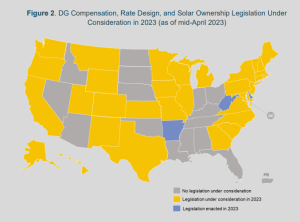
Other Solar Topics to Note:
Meanwhile, states such as Arkansas, Arizona, Hawaii, Indiana, Louisiana, Michigan, and Utah approved shifts to compensation at or based on avoided cost rates. Arizona utilities will credit generators at a flat rate and these customers will have to take service on a time-of-use rate. Hawaii plans to move all customers to a default time-of-use and will revise the energy resource tariffs for time-varying export credit rates.
Lastly, other quarter topics include LMI and low- and moderate-income provisions. New options for LMI customers could ensure that they receive tangible benefits. Projects in New Jersey for community solar have at least 51% LMI participation, according to Vincent Potter, an analyst at NCCETC. Permanent LMI programs would require this participation for all community solar facilities in the state.

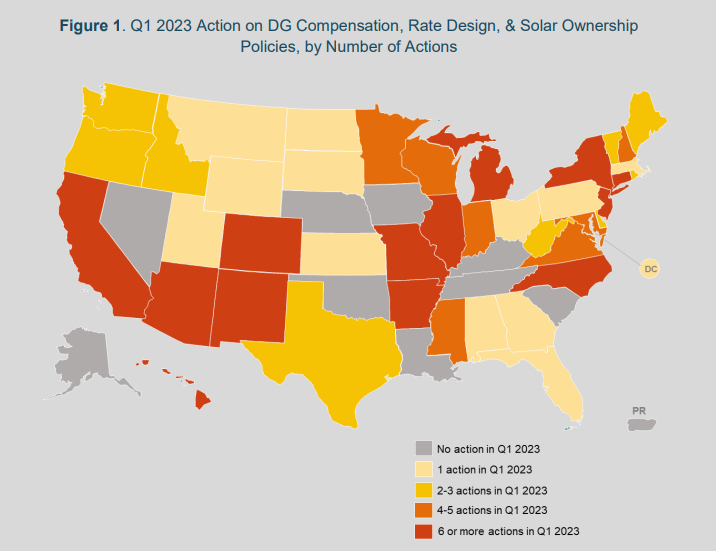
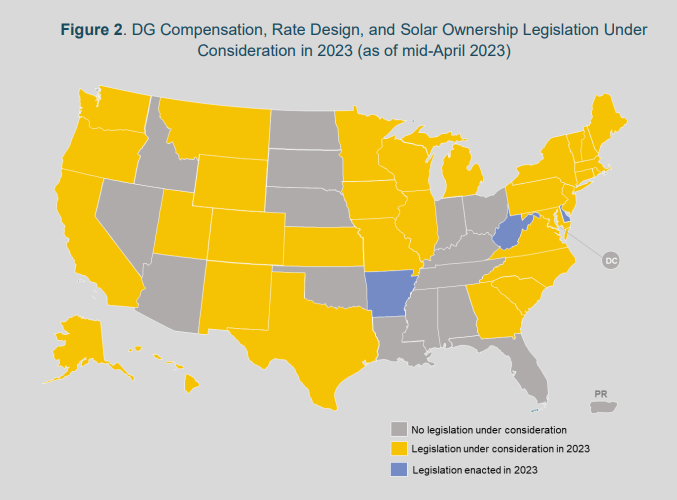

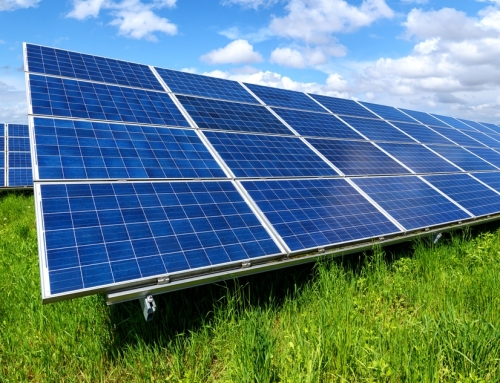






Leave A Comment